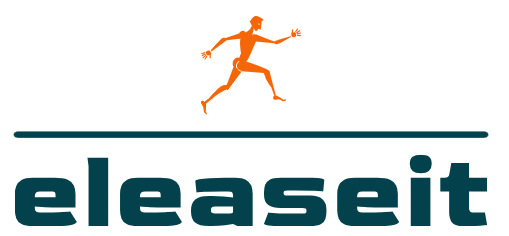Essential Dumbbell Tips for Beginners: Start Strong
Understanding the Basics
As a beginner venturing into the world of fitness, understanding the basics of dumbbell training is crucial. Dumbbells are versatile pieces of equipment that can be used to target various muscle groups and improve overall strength and fitness. Before diving into your workout routine, take the time to familiarize yourself with different types of dumbbells, proper form and technique, and basic exercises.
Start with Light Weights
When starting out with dumbbell training, it’s essential to begin with light weights to master proper form and technique. Using lighter weights allows you to focus on performing each exercise with correct alignment and range of motion, reducing the risk of injury. As you become more comfortable and confident with your form, gradually increase the weight to continue challenging your muscles and making progress.
Focus on Form Over Weight
One of the most common mistakes beginners make when using dumbbells is prioritizing weight over form. While it may be tempting to lift heavy weights to show off strength, sacrificing proper form can lead to injury and hinder progress. Focus on maintaining proper alignment, engaging the target muscles, and controlling the movement throughout each exercise. Remember, quality reps with lighter weights yield better results than sloppy reps with heavier weights.
Start with Compound Exercises
Compound exercises, which target multiple muscle groups simultaneously, are ideal for beginners looking to build strength and coordination. Start your dumbbell workout with compound movements such as squats, lunges, chest presses, rows, and overhead presses. These exercises not only provide a full-body workout but also help develop functional strength and stability, making them essential for beginners.
Incorporate Variety
To keep your workouts interesting and prevent plateau, incorporate a variety of exercises into your dumbbell routine. Experiment with different grips, stances, and movement patterns to target different muscle groups and keep your muscles guessing. Include a mix of compound and isolation exercises to ensure balanced development and maximize results. Don’t be afraid to try new exercises and techniques to challenge yourself and keep progressing.
Focus on Breathing
Proper breathing technique is often overlooked but essential for maximizing the effectiveness of your dumbbell workouts. Focus on breathing deeply and rhythmically throughout each exercise, exhaling during the exertion phase and inhaling during the relaxation phase. This helps stabilize your core, maintain proper posture, and optimize oxygen delivery to working muscles. Pay attention to your breath and make it an integral part of your training routine.
Warm-Up and Cool Down
Before diving into your dumbbell workout, it’s essential to warm up your muscles and prepare your body for exercise. Spend 5-10 minutes performing dynamic stretches, mobility exercises, and light cardio to increase blood flow and loosen up tight muscles. Similarly, after completing your workout, take the time to cool down with static stretches and foam rolling to aid in muscle recovery and reduce post-exercise soreness.
Progress Gradually
As you become more experienced with dumbbell training, it’s natural to want to challenge yourself and progress to heavier weights. However, it’s crucial to progress gradually and avoid the temptation to lift too heavy, too soon. Aim for small, incremental increases in weight or repetitions over time to allow your muscles to adapt and grow stronger gradually. Listen to your body and adjust your workout intensity accordingly to avoid overtraining and injury.
Stay Consistent
Consistency is key when it comes to seeing results from your dumbbell workouts. Make a commitment to yourself to stick to a regular exercise routine, aiming for at least 2-3 sessions per week. Consistency not only helps build strength and muscle but also develops discipline and mental resilience. Remember that progress takes time, so stay patient and trust the process as you work towards your fitness goals. Read more about dumbbell tips for beginners






